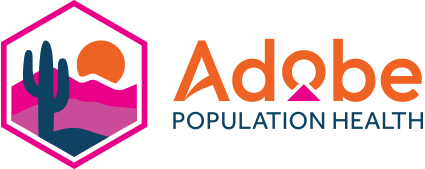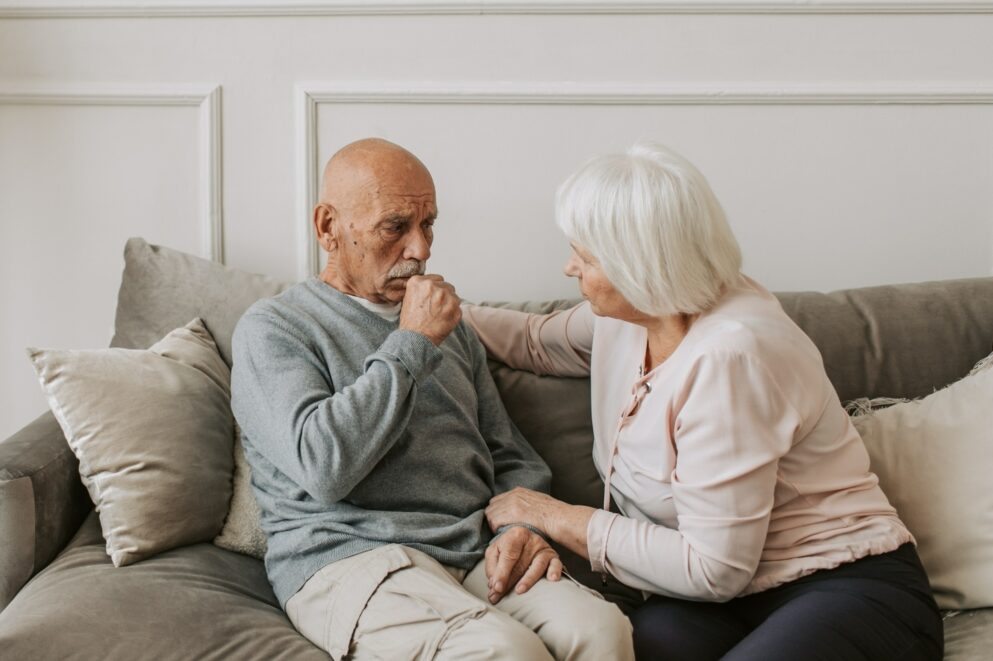A stroke can happen to anyone at any age, but as you advance in age, the risks increase. To better understand the risks and what you can do to reduce the chance of stroke, it is important to know the facts. Every year, there are nearly 795,000 Americans that experience a stroke, which is the fifth leading cause of death. In addition to risks of fatality, strokes cause more serious long-term disabilities than any other disease. Read on to learn 4 things you need to know about strokes.
-
What is a stroke?
A stroke most often occurs when blood flow to the brain is restricted because it is blocked by a clot. When this happens, the brain cells in the area begin to die due to a lack of oxygen and nutrients needed to function.
There are two types of stroke: ischemic and hemorrhagic. An ischemic stroke occurs when a clot is obstructing the flow of blood to the brain while a hemorrhagic stroke occurs when a blood vessel ruptures and prevents blood flow. An individual can also have a “mini stroke” when there is a temporary clot.
-
What disabilities can result from a stroke?
A stroke is the leading reason for disability in the U.S. When blood flow to the brain is restricted, the brain loses function for some time and it can have trouble regaining function. Because the brain is the command center of the entire body, the damage can affect all areas- resulting in mild to severe disabilities. These often include paralysis, cognitive function issues, problems with speech and emotional issues.
-
What does a stroke look like?
If someone is experiencing a stroke, the key symptoms are:
- Sudden numbness or weakness of the face, arm, or leg (especially on one side of the body)
- Sudden severe headache with no known cause
- Sudden confusion, trouble speaking or understanding speech
- Sudden trouble seeing in one or both eyes
- Sudden trouble walking, dizziness, loss of balance or coordination
Brigham Health Hub shares “Think FAST” face, arms, speech, and time. The most common signs of a stroke are difficulty smiling, lifting your arms, and speech difficulties. Be on the lookout for these in yourself and your loved ones.
-
What should you do?
Because strokes cause injury to the brain and can limit its function, sometimes causing confusion, you may not realize that you are experiencing a stroke and neither will those around you if they do not know what signs to look for. You may not be able to call 911 on your own. That’s why everyone should know the signs of stroke – and know how to act fast. If symptoms of a stroke are suspected, don’t wait for things to worsen, call 911 now. The decision to call immediately for medical help can be essential to avoiding a lifelong disability.
The good news is that studies show nearly 80 percent of strokes can be prevented. The key to prevention is identifying and reducing your risk factors which include: high blood pressure, atrial fibrillation, high cholesterol, diabetes, atherosclerosis, circulation issues, smoking, obesity, and physical inactivity.
Improving your health begins with learning what you can do to take better care of yourself. Let Stroke Awareness Month be a reminder to better understand the risks, the symptoms, and what you can be doing to prevent a stroke. Changes in diet, increasing physical activity and taking action to reduce stress are all good steps to take on your own. Visiting your doctor for regular health screenings is also important to assess and minimize your risk of stroke.
Visit adobepophealth.com to learn more about Adobe Health & Wellness, its case management services and healthcare technology innovations. We are dedicated to helping individuals live a healthier, more active quality of life.

